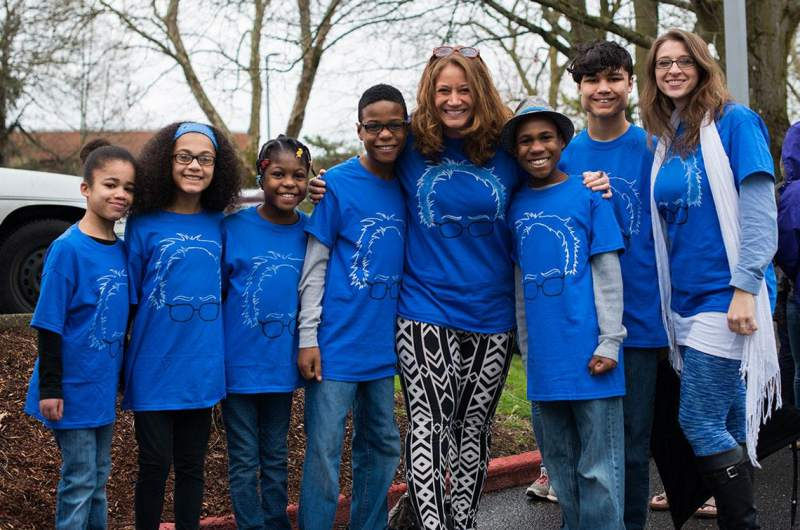Silhouette
Gold Member
- Jul 15, 2013
- 25,815
- 1,938
- 265
- Thread starter
- #381
Here's what the link says: Domestic Violence Likely More Frequent for Same-Sex Couples - Northwestern NowYou create your interpretations of statistics.
Previous studies, when analyzed together, indicate that domestic violence affects 25 percent to 75 percent of lesbian, gay and bisexual individuals. However, a lack of representative data and underreporting of abuse paints an incomplete picture of the true landscape, suggesting even higher rates. An estimated one in four heterosexual women experience domestic abuse, with rates significantly lower for heterosexual men.
As I recall, speaking of willful misrepresentation and underreporting, you were keen to suppress the fact that the two lesbians and not merely "parents" were at fault in the crime below.. .
And once again I will point out that the study you cite:
a) Refers to domestic violence between couples- not violence to children
Yes but the domestic violence in the case of the two WA State lesbians who died last week from tire tracks that appear to be purposeful suicide/murder, with a history of domestic violence WHICH INCLUDED VIOLENCE TO THEIR CHILDREN (see the thread's most recent page for details), resulted in the death of 3 for sure but almost certainly all 6 of their adopted children. Lesbian Marrieds & Their 3 Adopted Kids Die. 3 Kids Still Missing Post #173

Mums who drove family off cliff had ‘violent history’
THE mums who drove over the edge of a cliff with their adopted kids in the car were reportedly investigated for starving them, and one had been convicted for hitting their daughter....
Last year, one of the Hart’s daughters also range their doorbell at 1:30am accusing her mums of abuse....She “was at our door in a blanket saying we needed to protect her,” Bruce DeKalb said. “She said that they were abusing her.”...It wasn’t the first time they’d faced charges of abuse — in 2011, when the family was living in Minnesota, Sarah Hart pleaded guilty to domestic assault after their then six-year-old daughter told her teacher she had “owies on her tummy.”...When the teacher lifted up the child’s shirt, she saw the girl had bruises across her stomach and back, KATU reports
Those tire marks speak of pointing directly out to sea from a standstill, punching the accelerator and making the decision to kill 6 adopted orphans in the process. That decision was made by lesbians, otherwise very content and perfect looking family, who were showing a nice face to the public (watch the neighbor video) while committing atrocities behind closed doors. You're saying the fact that they were lesbians is inconsequential. The statistics from the quote above says otherwise. It's something that needs to be considered in Dumont, statistics and propensity to abuse children while engaged in domestic violence. That among other considerations. And, that children should have representation at Dumont.
Welcome to crazy town, lesbian style.
*********
As promised. Syriusly, the more you spam after a post like this one ^^ the more afraid I know your masters are of anyone seeing it.
Last edited:

